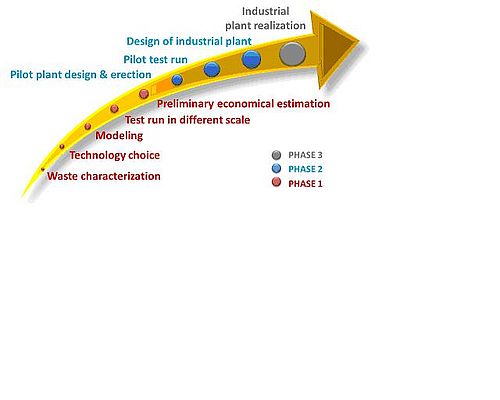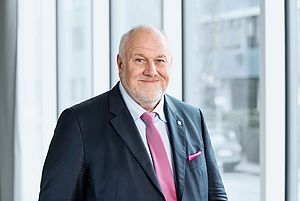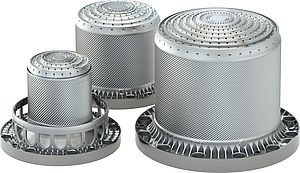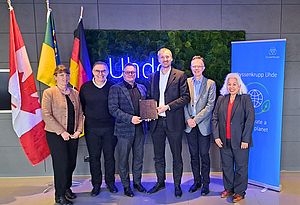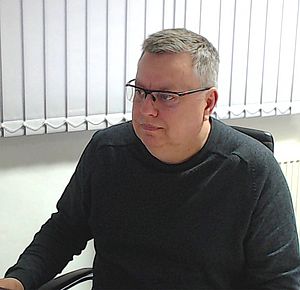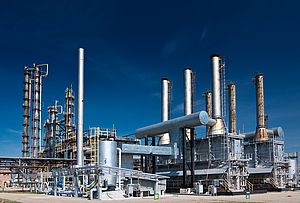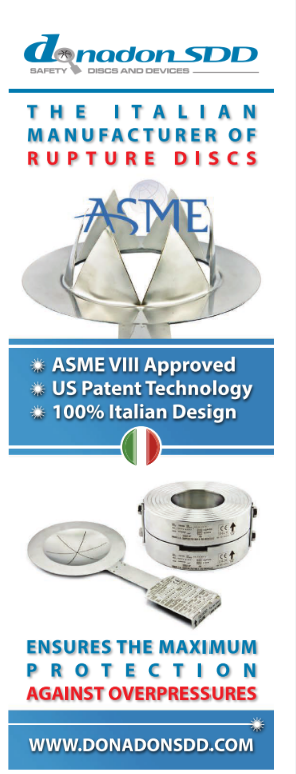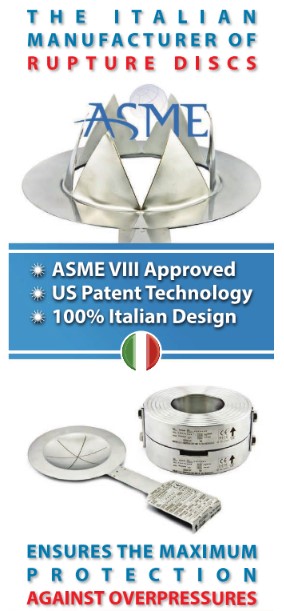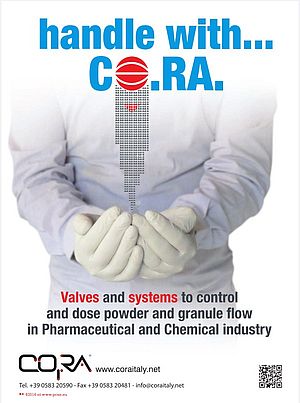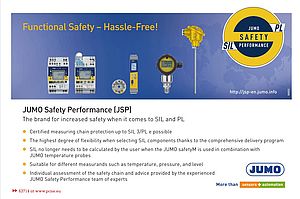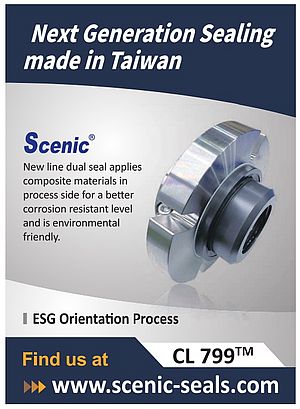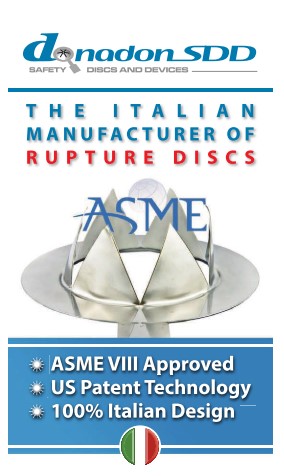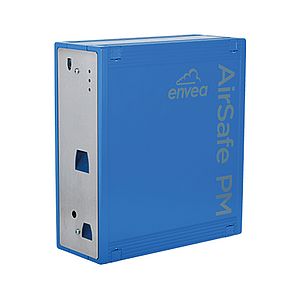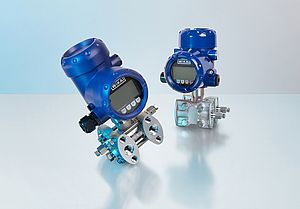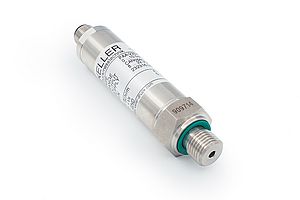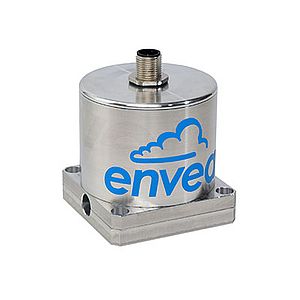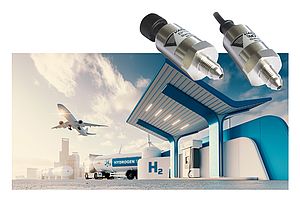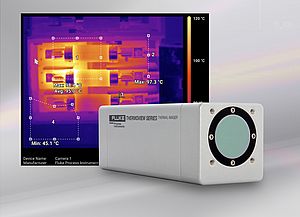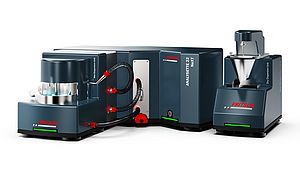THE CONTEXT
Increasingly pressing regulations from almost all over the world demand that industries, communities and municipalities proactively deal with waste in a different manner than in the past. In particular the full compliance with the principle of self-sufficiency and self-management of waste, in the area from which they are originate responds to the most modern ethical criteria of "global responsibility" of the waste producer and should also support the reduction of trans-boundary shipments of waste due to volatile in prices and taxes for treatment or disposal.
New approaches to waste management are necessary to make possible to transform waste problem into an economic opportunity with profitable revenues from material and energy recovery, while reducing or eliminating, at the same time, disposal costs and social impacts. Moreover the proposed approach must target reduce the negative perception of public opinion respect to the big waste treatment installations implementing the capability to:
- recover and use the energy from waste;
- minimize the formation of macro (acids, dust, heavy metals) and micro-pollutants (dioxins and furans) at the chimney;
- obtain, from inert fraction of the waste, secondary raw material to be used for other industrial applications (eg. Building material).
In this scenario Centro Sviluppo Materiali S.p.A. (CSM) - Rina Group, CSM has been engaged in the development of innovative technologies for waste-to-material and waste-to-energy, taking advantage of the expertise gained in more than 50 year of activities in the areas of high temperature process and materials science. Specific attention was paid to the study of innovative solutions for waste-to-material and waste-to-energy from industrial residuals. Such treatments have the objective to recover materials, produce energy from waste with calorific value and to thermally destroy hazardous waste.
THE CSM APPROACH AT THE SUSTAINABLE WASTE VALORIZATION
The general approach adopted by the CSM is based on selection, customization and cost-effective synergic link of different technologies in relation to the waste characteristics and the local scenario for the use of valorized waste and/or use of produced energy. CSM has developed innovative waste treatment technologies and gained experience on a wide typology of waste and industrial residues, both organic and inorganic, including ASR (automotive shredder residue), plastic waste, oily sludge, PCB (Polychlorinated Biphenyls) containing oils, asbestos, fly ashes from municipal solid waste incinerators. In this contest pyro-gasification technology and plasma torques are the two reference technologies.
High quality laboratories and pilot plants of significant scale allow CSM to carry out R&I projects which typically consist in three phases: (i) feasibility study based on laboratory activities; (ii) technological development through the realization of a pilot plant carrying out experimental campaigns and economic analysis; (iii) scale-up and setting-up of the industrial plant. The final optimized solution is very often a system which integrates innovative technologies with commercial equipment (fig.1).
The rotary kiln gasifier with distributed injection and the transferred arc plasma torches developed by CSM, applied successfully for treatments on several types of waste with experimental campaigns carried out on 50-100 kg/h pilot plants, have the potential to reach these targets. Integration of these technologies in commercial scale plants to produce syngas enables effective solutions for addressing challenges of future waste management regulatory requirements. The efficiency and reliability achieved by these technologies allow them to be particularly well suited for waste streams with intrinsic calorific content, but also with highly polluting substances like heavy metals and dioxins. Combining the rotary kiln gasifier with the transferred arc plasma torches for the inertization of possible dangerous solid residues from gasification treatment enables solution with close to zero waste. The scaling up of the technologies developed is in progress with the target to build plants of 30.000-40.000 t annual capacity.
CSM PYRO-GASIFICATION TECHNOLOGY
In the case of solid materials with calorific value the main path is syngas production. CSM has chosen pyro-gasification, as the process for the valorization of waste as energy. Example consists in the plastic waste and automotive shredder residue (ASR) pyro-gasification process. Experimental campaigns were conducted at CSM on a pilot plant with a capacity to treat 100 kg/h of waste.
The syngas can be used in several different ways: the choice depends on the characteristics of the installation site and on the specific user requirements. For example, in the case of a plant installed far away from existing industries and for users who prefer simple, compact and easily managed plants, a good solution is to use an ORC (Organic Rankine Cycle) to produce both electrical and thermal energy (fig. 3). On the other hand, a gasifier plant can be integrated into an existing industrial facility (for instance a chemical or petrochemical plant) where the syngas can be directly utilized in existing processes.
CSM PLASMA TORCHES
The plasma torches reactor developed by the CSM is based on the principle of "Twin torch" (anode and cathode transferred arc) and use of Argon as plasmogenic media. This technology has been applied for hazardous waste (organic or inorganic as PCB, asbestos, fly ash from thermal treatment). The high temperature obtained in the reactor allows the melting of materials treated and the subsequent inert residue and the desired particle size, suitable for new uses (fig. 2).
Several prototypes of plasma torches plant based on the CSM patented technologies, have been built adapting the entire structure of the plant to the type and quantity of waste requirements by end customer (fig. 4).
CSM TECHNOLOGIES INTEGRATION: AN EXAMPLE
The two available technologies have been integrated in a cost-effective way for the volume reduction and inertization of industrial sludges. As a matter of fact sludges are composed mostly of water, organic (POP-persistent organic pollutants) and inorganic (heavy metals) dangerous components. The pilot plant consisting in two units was developed and built at CSM (fig. 6). The experimental campaign performed at CSM confirm the proposed approach can overcome some of the problems of current existing technologies: complex process control, low energy value syngas, off gas with high content of dust and pollutants, high concentration of residual carbon in the process ash, residuals that in any case require to be notified , because it is hazardous or has the potential to cause environmental damage.
M. Ilaria Pistelli, Enrico Malfa


